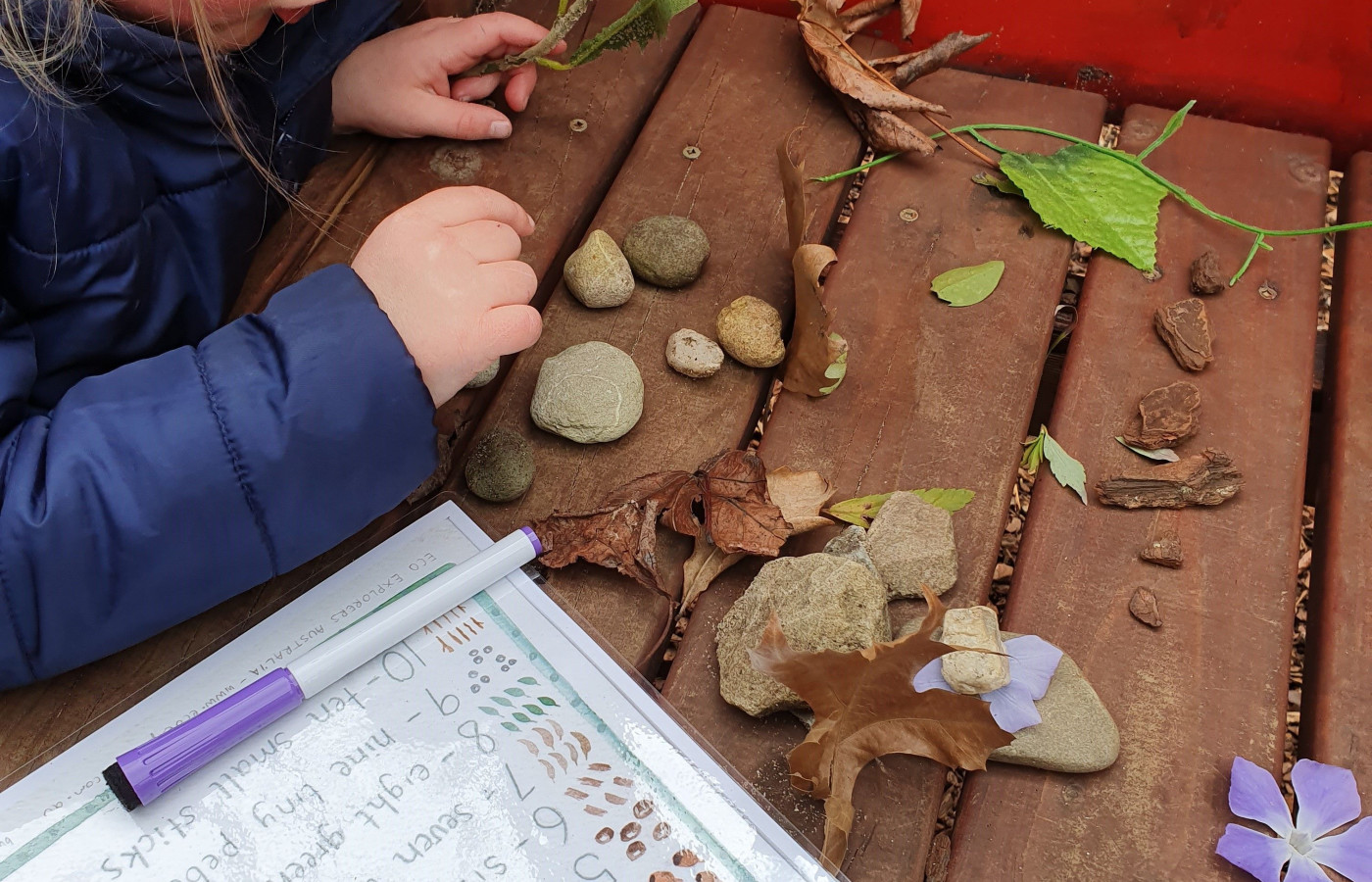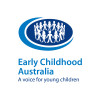Let's go on a treasure hunt!

Let's go on a treasure hunt!
Searching for objects in and around your home
Materials Required
- Pencils
- Paper
- Objects to hide (could be anything - blocks, small toys, sticks, stones, flowers etc.)
Play experience profile
-
Age:
-
Min Playtime15 - 30 Minutes
-
Skills
-
Energy LevelActive play
-
Messiness Rating
-
EYLF Outcomes
Play Experience Preparation
Collection of objects from around the house to hide - Choose a location for your treasure hunt (at home, in the park or garden, neighbourhood) - Decide where you will hide your treasure, and work backwards. Then design your clues leading away from that place – it’s easier to plan hunts backwards. Consider writing yourself a cheat sheet of locations, so that you know where you’ve hidden all the clues.Experience Steps
- Create your child's treasure hunt clues. Treasure hunt clues for children don’t need to be complicated. In fact, for non-readers pictures can work as hints instead; and for those just learning to read, simple words like “Fridge” might be a challenge in themselves!
- Make a list of objects to find.
- Invite child to participate.
- Hunt for treasure!
- Count each object that is the same.

What to talk about, or questions to ask during the experience
- Directional language - forward, back, left, right, position
- Counting words
- Number words to represent groups of objects
Build on this...
- An educational treasure hunt for children who are still learning literacy could involve threading a ball of string through the house to connect letters, eventually spelling out the location of the hidden item. For older children, make clues fun using rhymes or riddles e.g. "If I had three legs, I wouldn’t be stable. I’m where you eat breakfast, I am a…(Table)".
- Children can create a treasure map for an adult to do or even a sibling.
- Repeat with a variety of themes, detective, pirates, aliens, magical kingdom etc.
- have your child represent the 'map' of the treasure hunt by drawing it.
WHO guidelines for physical activity and sedentary behaviour
Provide evidence-based public health recommendations for children, adolescents and adults on physical activity.
Learn more
Provide evidence-based public health recommendations for children, adolescents and adults on physical activity. Learn more
Children are being physically active by 'hunting' for the treasure.
EYLF Outcomes
The Early Years Learning Framework has been designed for use by early childhood educators working in partnership with families, children’s first and most influential educators.
View PDF
The Early Years Learning Framework has been designed for use by early childhood educators working in partnership with families, children’s first and most influential educators. View PDF
- Children develop dispositions for learning such as curiosity, cooperation, confidence, creativity, commitment, enthusiasm, persistence, imagination and reflexivity
- Children express ideas and make meaning using a range of media
EYLF Principle
Principle 1: Secure, respectful and reciprocal relationships. Through a widening network of secure relationships, children develop confidence and feel respected and valued.
EYLF Practice
Practice: Learning through play. Play can expand children’s thinking and enhance their desire to know and to learn. In these ways play can promote positive dispositions towards learning. Children’s immersion in their play illustrates how play enables them to simply enjoy being.
Author:


